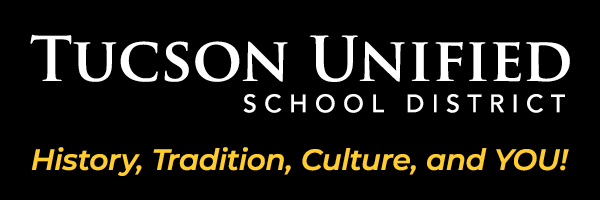Financial Algebra Course
Question 1: How can effective budgeting and financial planning empower individuals to achieve their short-term and long-term financial goals?
Question 2: In what ways do understanding credit, loans, and investments contribute to making informed financial decisions and building a secure financial future?
As we step into the world of financial literacy, we quickly discover that managing money is not just a skill, but a vital tool for shaping our futures. We embark on an exciting journey into financial literacy during Quarter 1, starting with the fundamentals of earning and managing our money. We quickly grasp the concepts of gross pay and net pay, understanding that not all of our earnings make it into our pockets due to taxes and deductions. As the weeks progress, we tackle budgeting by creating detailed budgets based on hypothetical incomes and expenses, realizing the importance of saving at least 20% for future goals like a new phone or a weekend getaway with friends. We delve into checking and savings accounts, learning how to write checks and understanding the importance of tracking our spending to avoid overdraft fees. Engaging with real-life scenarios, we explore the significance of paying bills on time and the impact of interest rates, discovering that late payments can lead to additional charges. By the end of the quarter, we feel more empowered to handle our finances, having acquired essential skills in budgeting, saving, and managing our income and expenses, and we are eager to tackle the next challenge in our financial journey.

In a world where financial decisions can make or break dreams, we continue our journey into financial literacy during Quarter 2, eager to build on the budgeting skills we developed in the previous quarter. We dive into the complexities of credit, learning how to responsibly use credit cards and understanding the importance of maintaining a good credit score. As we discuss various types of loans for future needs like cars or college tuition, we calculate monthly payments and explore interest rates, realizing how borrowing money can help us achieve our goals but also lead to financial strain if not managed wisely. We engage in real-life scenarios, such as planning for a friend’s birthday party while balancing our budgets, which reinforces the need to prioritize our spending and saving. By the end of the quarter, we gain essential knowledge about managing debt and credit, feel more confident in our ability to navigate the financial world, and are excited to take on the next steps in our financial education.

In a world where smart financial choices pave the way for independence, we advance our financial literacy journey during Quarter 3, building on the budgeting and credit skills we have developed in previous quarters. This time, we focus on the realities of independent living, exploring essential topics like renting an apartment, buying a car, and understanding the costs associated with both. We learn how to analyze prices, compare insurance options, and calculate the costs of living on our own, reinforcing the budgeting principles we practiced earlier. By applying our knowledge of credit, we evaluate the implications of using loans for big purchases and understand the importance of maintaining a good credit score to secure favorable interest rates. Engaging in real-life scenarios, we practice creating detailed budgets to manage our expenses effectively while still saving for our future goals. By the end of the quarter, we feel empowered and prepared to take the next steps toward financial independence, equipped with vital skills that will guide us as we transition into adulthood.

In a world where mastering money can mean the difference between success and struggle, we conclude our financial literacy journey during Quarter 4, applying the budgeting, credit, and independent living skills we have honed in previous quarters to understand the dynamics of business and the stock market. We learn how to write equations to represent profit, revenue, and expenses, gaining insights into how companies make money and the importance of analyzing financial statements. Building on our knowledge of loans and credit, we explore how to calculate the potential returns on investments and understand the risks associated with the stock market. We engage in hands-on activities, simulating stock purchases and evaluating market trends, which help us understand the significance of making informed financial decisions. By the end of the quarter, we not only grasp the complexities of financial investment but also feel confident in our ability to apply our cumulative knowledge from the year to navigate the financial landscape, ready to embark on our future endeavors with a solid foundation in financial literacy.

We are here to equip, inspire and enrich the strengths of all learners with relevant educational experiences for lifelong learning.
Every day we strive to provide a world-class education that is equitable, empowering and inspiring for all.
Learn more about our programs & resources.
C&I Department
520-225-6282
1010 E. Tenth St., Tucson, AZ 85719 Map (google.com)




